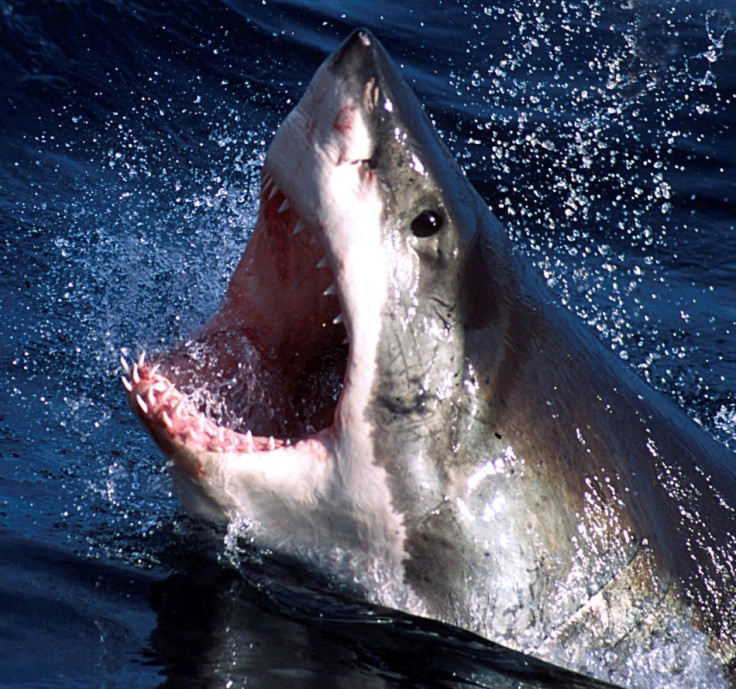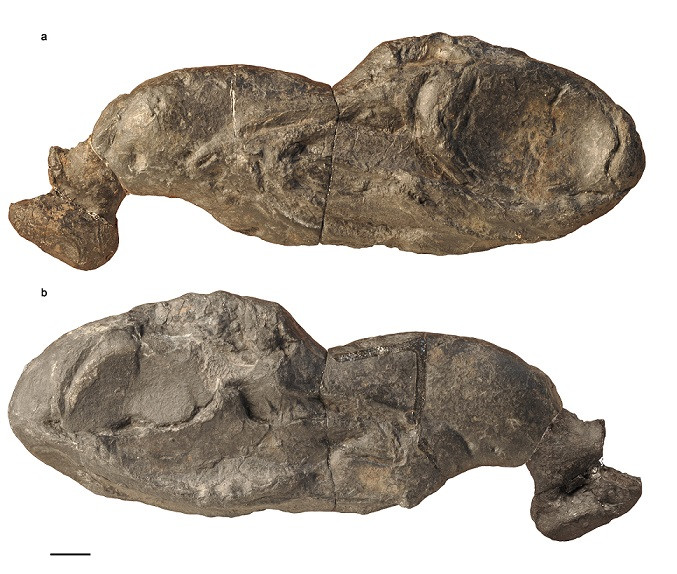325-Million-Year-Old Fossil Reveal Jaw Facts About Modern Sharks

The discovery of an ancient shark fossil has revealed a unique insight into the evolution of the creatures and their extraordinarily advanced jaw structure.
The skull of a newly discovered 325-million-year-old shark-like species suggests that early cartilaginous and bony fishes have more to tell us about the early evolution of jawed vertebrates—including humans—than do modern sharks, as was previously thought.
Led by scientists at the American Museum of Natural History, the study reveals that living sharks are advanced in evolutionary terms, despite having retained their basic "sharkiness" over millions of years.
"Sharks are traditionally thought to be one of the most primitive surviving jawed vertebrates. And most textbooks in schools today say that the internal jaw structures of modern sharks should look very similar to those in primitive shark-like fishes," said Alan Pradel, a postdoctoral researcher at the Museum.

"But we've found that's not the case. The modern shark condition is very specialised, very derived, and not primitive."
The research is based on an extremely well-preserved shark fossil collected by Ohio University professors Royal Mapes and Gene Mapes in Arkansas, where an ocean basin was once home to a diverse marine ecosystem. The fossilised skull of the new species, named Ozarcus mapesae, were part of a recent donation of 540,000 fossils from Ohio University to the Museum.
The heads of all fishes, including sharks, are segmented into the jaws and a series of arches that support the jaw and the gills. These arches are thought to have given rise to jaws early in their evolution.
As shark skeletons are made of cartilage rather than bone, their fossils are fragile and usually found in flattened fragments. Yet the Ozarcus mapesae specimen was preserved in an almost three-dimensional state, which gave the team an insight into the organisation of the arches in the prehistoric animal.
John Maisey, a curator in the Museum's Division of Paleontology and one of the authors of the study, said: "This beautiful fossil offers one of the first complete looks at all of the gill arches and associated structures in an early shark. There are other shark fossils like this in existence, but this is the oldest one in which you can see everything."
He added: "There's enough depth in this fossil to allow us to scan it and digitally dissect out the cartilage skeleton."
The researchers imaged the specimen with high-resolution x-rays to give a detailed view of the arch. The research revealed the arches were not like those of a "modern shark or shark-like fish", but were "fundamentally the same as bony fishes".
According to the researchers, it is not unexpected that sharks - which have existed for around 420 million years - would undergo evolution of these structures. But the new research reveals more about the modern shark and the future evolution of the animal. Maisey concluded: "Bony fishes might have more to tell us about our first jawed ancestors than do living sharks."
The research was published in the journal Nature.
© Copyright IBTimes 2025. All rights reserved.






















